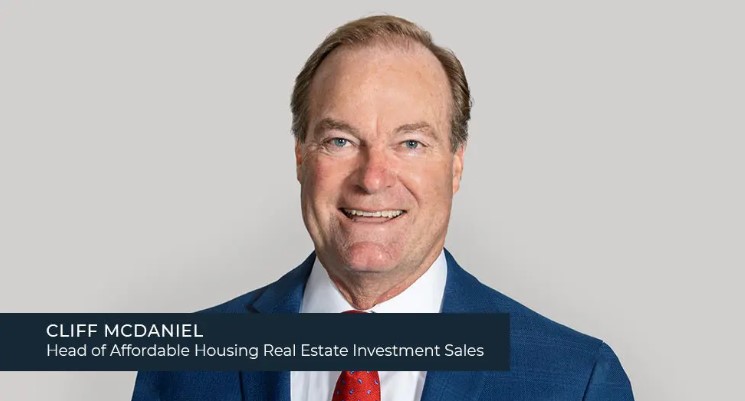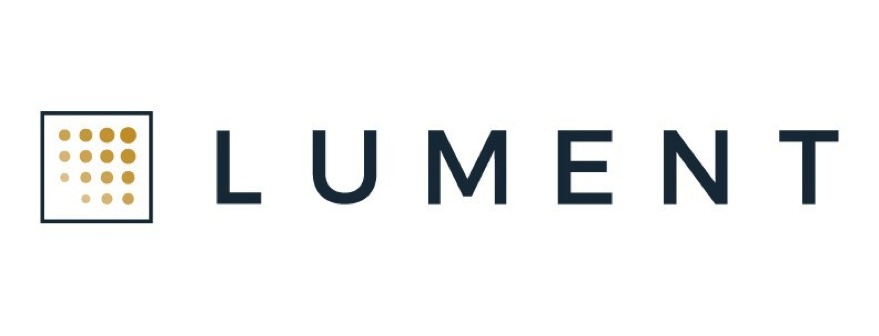The good news for those general partners is that the pool of buyers for affordable housing properties remains deep. Economic slumps create more renter demand for affordable housing and drive occupancy. Similar to the conventional multifamily category, LIHTC assets performed well during the pandemic lockdowns. Both are appealing to investors.
On the other hand, just as they do with other property categories, many investors focus on the largest metros where the need for affordable housing is greatest. Conversely, smaller communities tend to lack pricing power.
Recently, McDaniel’s team represented the seller of the Park at Woodland Springs near Houston, which had purchased it from Trammel Crow some years ago. That asset, which fetched an attractive price, benefitted from a good location in a dense market and a California buyer’s desire to get a foothold in a market with high demand for affordable housing.
“In markets where LIHTC properties are seeing a $200-plus rent advantage to neighboring market rate properties, we are still seeing tremendous demand from institutional investors, McDaniel says. “In their minds, that investment offers almost no downside risk and will have a significant value increase when the affordable housing program concludes.”
On the other end of the spectrum, the team represented a seller who had owned an affordable housing property with some maintenance and capital needs in the much smaller town of Pine Bluff, Arkansas. It eventually found a buyer in New York who already owned property in the market.
Back to Basics?
As a result of the economic changes taking place, the recapitalization of affordable housing assets using equity from the sale of tax credits could once again become the preferred way to resolve the 15-year capital event.
But the deals are suffering from a financing gap: Not only are high-interest rates limiting the amount of debt proceeds borrowers can secure, a decline in tax credit prices over the past few years has also led to a reduction in equity being raised. As of September 2022, the three-month average price per tax credit was 90 cents, down from a high of 94 cents in early 2020, according to Novogradac, an accounting, valuation, and consulting firm. In 2016, the three-month average was consistently over $1.
Additionally, with the 10-Year Treasury hovering around 4 percent – and shorter-term bond yields decidedly above 4 percent – corporate LIHTC investors like Berkshire Hathaway may demand even lower prices for tax credits to make them more appealing than a bond, McDaniel suggests. Unlike banks, which buy the vast majority of tax credits in order to satisfy their Community Reinvestment Act obligations, corporate LIHTC buyers typically seek a return on their investment.
“What kind of return does a buyer of credits require in this market?” he asks. “If it used to be four percent, they’re going to say, ‘I’m not doing that anymore. I can get that buying a bond.’ So I think the tax credit prices are going to change among return-driven buyers.”
Authored by Joe Gose, this content originally appeared on France Media.

